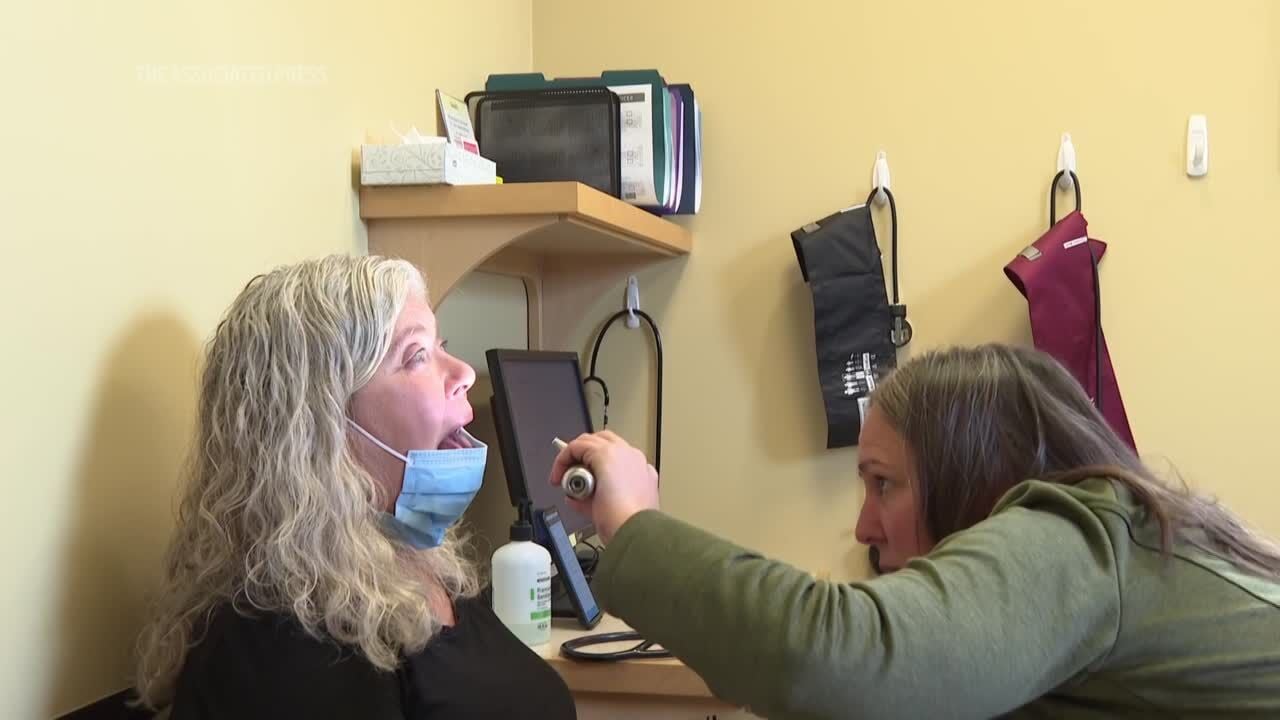Despite unclear evidence and guidelines advising against it, fundal pressure continues to be used in many maternity clinics. A recent study reveals how communication significantly shapes women’s experiences of this controversial practice during childbirth.
Study finds communication shapes women’s experiences of fundal pressure during childbirth
Key Takeaways:
- Fundal pressure remains common in maternity clinics despite opposing guidelines.
- There is unclear evidence supporting the effectiveness of fundal pressure.
- Communication significantly influences women’s childbirth experiences.
- Women’s perspectives provide valuable insights into maternity care practices.
- Findings suggest a need to re-evaluate the use of fundal pressure.
Fundal Pressure’s Persistence Amid Guideline Contradictions
Despite national and international guidelines advising against its use, fundal pressure continues to be a common practice in many maternity clinics. This procedure, applied during the second stage of labor, involves manual pressure on the upper part of a woman’s uterus with the intent to aid childbirth. However, its effectiveness remains unclear due to insufficient supporting evidence.
Understanding Fundal Pressure
Fundal pressure is intended to shorten the second stage of labor and assist in the delivery of the baby. The technique involves a healthcare provider applying downward pressure on the fundus, the top portion of the uterus. While some practitioners believe it can expedite delivery, concerns have been raised about its safety and efficacy.
Guidelines vs. Clinical Practice
National and international health organizations have issued guidelines recommending against the routine use of fundal pressure due to the lack of clear evidence supporting its benefits and potential risks involved. Despite these recommendations, the practice persists in clinical settings, highlighting a significant gap between policy and practice.
The Impact of Communication
A recent study sheds light on the powerful role communication plays in shaping women’s experiences with fundal pressure during childbirth. The research indicates that how healthcare providers communicate about the procedure can significantly influence a woman’s perception and acceptance of it.
Insights from the Study
The study focuses on women’s firsthand experiences with fundal pressure, revealing that clear, empathetic communication can make a profound difference. When healthcare providers take the time to explain the procedure, its purpose, and any associated risks, women are more likely to feel informed and involved in the decision-making process.
Women’s Perspectives Matter
By centering on women’s experiences, the study underscores the importance of patient-centered care in maternity practices. Women’s perceptions and comfort levels are deeply affected by the quality of communication they receive, which in turn can impact their overall childbirth experience.
Implications for Maternity Care
These findings suggest that improving communication strategies in maternity care could enhance women’s childbirth experiences, especially concerning practices that lack strong evidence of efficacy. There is a growing call for clinicians to adhere to established guidelines and to engage in open, informative discussions with their patients.
Re-evaluating Clinical Practices
The continued use of fundal pressure despite guideline recommendations raises important questions about how clinical practices are evaluated and implemented. Emphasizing evidence-based practices and patient communication may lead to improved outcomes and satisfaction in maternity care.
Conclusion
As the medical community continues to examine the use of fundal pressure, this study highlights the crucial role of communication in shaping women’s experiences. Aligning clinical practices with guidelines and prioritizing transparent dialogue with patients are essential steps toward enhancing maternity care and ensuring safe, positive childbirth experiences.











